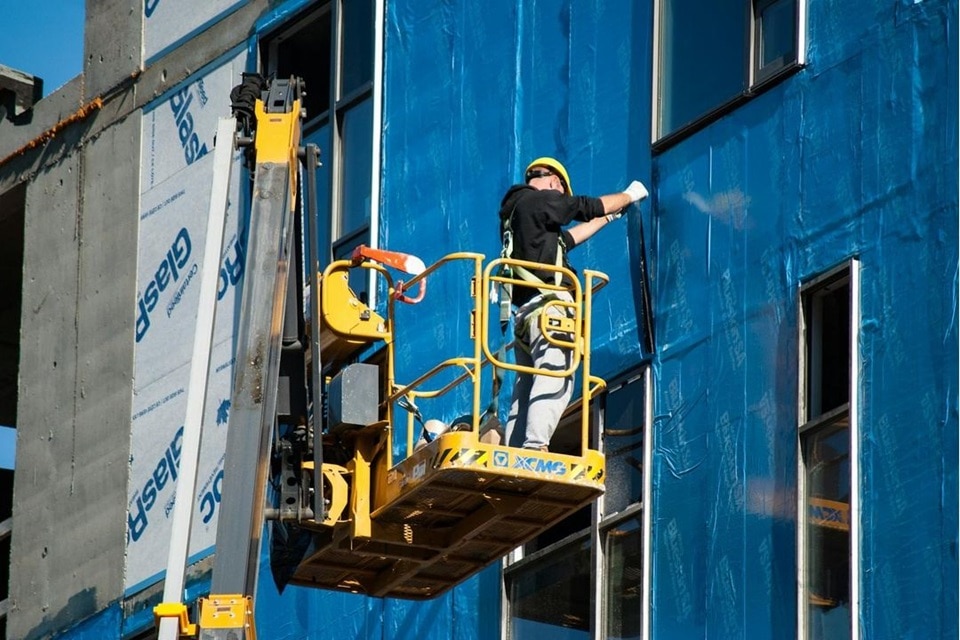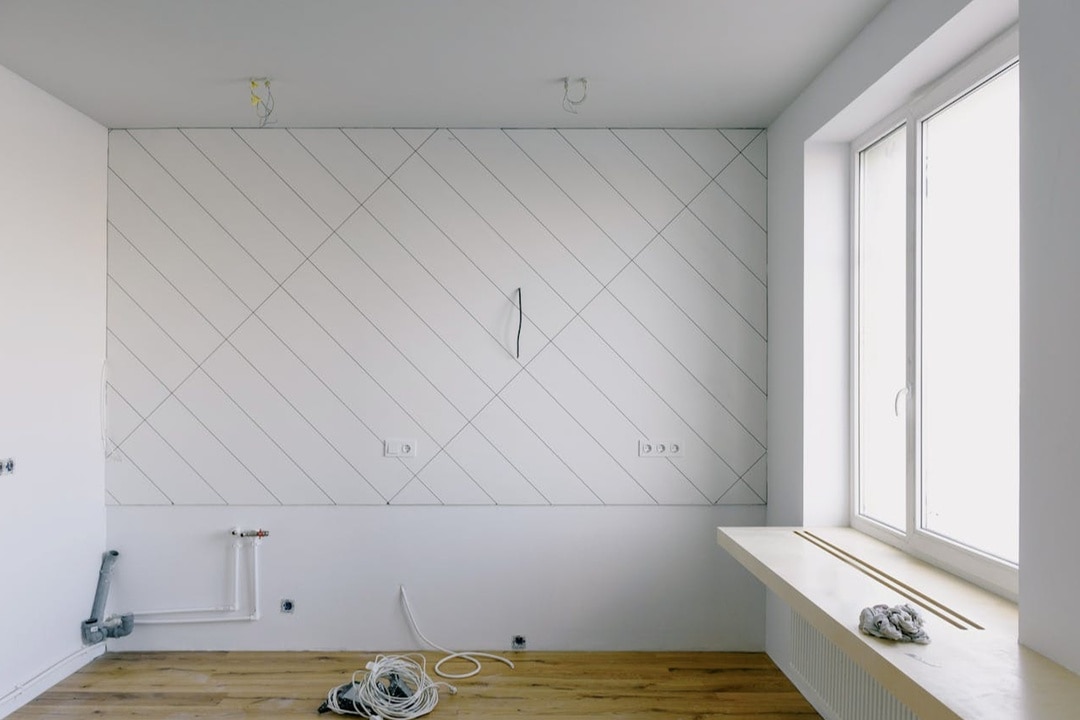Adaptating the electricity network in renovations: challenges and opportunities

To maintain the quality of France's countryside, the 2021 Climate Act restricts the number of new buildings under the ZAN (zero net artificialisation) target set for 2050. These new environmental regulations pose considerable challenges for the electricity network and its market. To support this transition, the network must be adapted to provide a more efficient, sustainable energy infrastructure capable of meeting the growing needs of renovated buildings.
According to the Ministry of Energy Transition, nearly eight million homes need to be renovated if energy consumption reduction targets are to be met. What are the issues regarding increasing renovation in the electricity network and what measures are being taken to adapt to these challenges?

The democratisation of renovation
To limit new construction, climate protection policies are encouraging homeowners to improve the energy efficiency of existing buildings. In France, the 2021 building energy renovation plan is a programme to improve housing energy efficiency. This plan aims to see four million homes refurbished by 2024.
Rapid urbanisation linked to population growth is creating pressure on available space. It is essential to encourage people to make the best use of existing buildings. In addition to government incentives, changing consumer expectations are playing a key role in the democratisation of renovation. Growing awareness of environmental impact is driving increasing demand for buildings to be renovated using cleaner, more efficient technologies. In 2022, energy renovation work was carried out in 660,000 homes.
Good to know: the popularity of zero-carbon homes in the Netherlands.
“Zero-energy” houses have become popular in the Netherlands. They produce as much energy as they consume, or even more, thanks to the use of solar panels and other renewable technologies.
The challenges of an increase in renovations
More renovations present complex challenges for the electricity sector. Renovations require major modifications to existing electrical wiring and infrastructure to modernise the electricity network.
This can involve:
- Replacement of old cables.
- Installation of new electrical distribution systems.
- Integration of intelligent technology.
In addition to the disruption risk, there may be additional costs. Electrical industry professionals must be able to work in collaboration with other stakeholders (architects, general contractors, etc.). They also have to deal with specific project requirements and adapt to existing building constraints (age, materials used, etc.).
Good to know: huge renovation plan
In 2023, the French government invested almost €2.2 billion in housing and public building renovation as part of its ecological planning.
Adaptations to the electricity network
Building renovation means the installation of new technologies or electrical equipment:
- More efficient heating/cooling systems control
- Solar panels
- New thermal insulation
- Use of more energy-efficient lighting (e.g. LED)
- Heat recovery system
- Energy-efficient windows
- Solar control device
- Technical building management system to monitor/control equipment
To function correctly, these call for the adaption of the existing electricity setup. The available power has to be increased and the stability and reliability of the electricity supply needs to be improved. It might be necessary to invest in new infrastructures:
- Electrical substations
- Additional distribution lines
- Heating or cooling networks
- Energy storage for surplus energy
- An intelligent network to improve energy management and efficiency
- A charging station for electric vehicles
These solutions help to manage electricity demand more effectively, adjusting consumption in line with supply fluctuations while facilitating the integration of renewable energy.
Collaboration between the stakeholders in the renovation sector is essential if renovation work is to be planned efficiently, while ensuring the availability of an adequate power supply.

How is energy renovation affecting everyday life and the energy market?
Thanks to energy renovation, buildings benefit from better thermal insulation, more effective temperature regulation and improved indoor air quality. These improvements contribute to the creation of more pleasant and functional living spaces.
By improving building energy efficiency, homeowners can reduce their long-term energy costs. Some occupants have seen their energy bills decrease by as much as 50% after the work has been carried out. The reduction in energy demand also helps to stabilise energy prices.
Energy renovation is creating new business opportunities. The demand for energy efficiency products and services is driving the growth of companies specialising in this sector, which have to meet this demand. This is helping to increase the number of jobs while contributing to the development of specialist skills. New job opportunities are created. For their part, companies need to hire and train qualified staff to meet this particular growing demand.
An innovative solution: prefabrication for renovation
This solution is becoming increasingly popular thanks to the ELAN law (Evolution of Housing, Development and the Digital Economy), which encourages the use of prefabrication in public contracts. This technique involves manufacturing building components in a factory, and then assembling them on site.
In the Pays de la Loire, France in 2022, the refurbishment of 2,000 social housing units was carried out on an occupied site, without having to move the residents. Prefabrication of the building blocks has reduced the duration of the work.

Some companies offer prefabricated solutions for electrical installations, such as factory-assembled switchboards. These units are produced in the factory under controlled conditions to ensure high quality and reliability. The manufacturers follow strict standards (French Regulations) to reduce the risk of errors or defects compared with on-site construction.
These units are pre-configured according to the specific needs of the building. They can be fitted with various components (circuit breakers, switches, energy meters, control systems, etc.). They can be installed quickly and easily on the renovation site.
Electrical industry professionals need to develop innovative, sustainable solutions to meet the growing renovation needs. By working in collaboration with the various stakeholders, they can help to shape a more efficient, sustainable energy future that is adapted to the evolution of our cities.
Three key points to remember:
- Building renovation has become unavoidable due to new environmental standards, the scarcity of resources, increasing urbanisation and changes in society.
- The increase in renovation presents complex challenges for the electricity sector. New techniques must be invested in to improve the power, stability and reliability of the electricity supply.
- Energy renovation of buildings improves residents’ quality of life by creating more comfortable and healthier living spaces. It also reduces energy bills in the long term.
